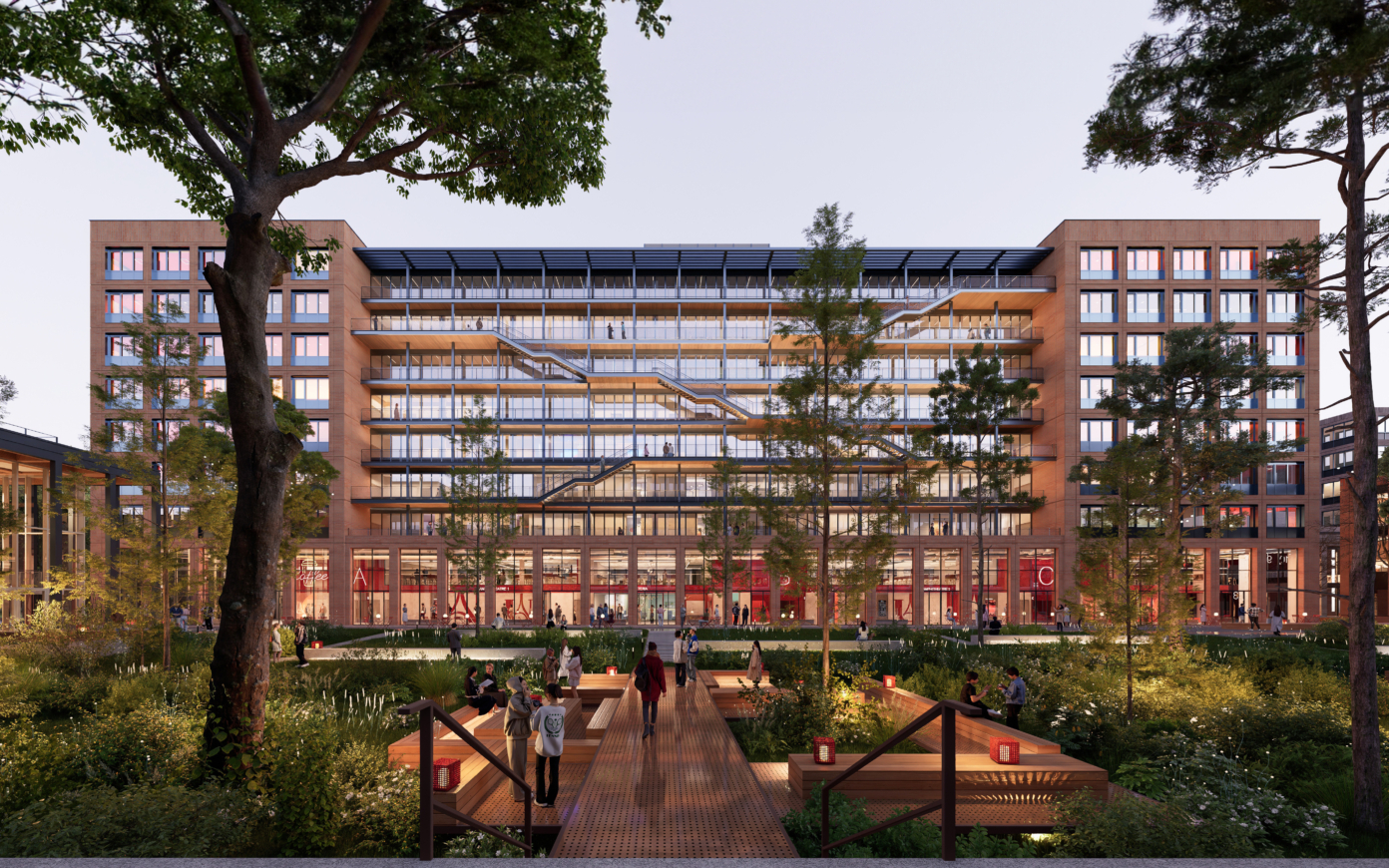At emlyon’s upcoming Gerland campus, which welcomed its inaugural students in September 2024, we’ve arranged the buildings around a spacious interior street and a spectacular central hub—Cœur Battant, the “beating heart” of the campus—where daily activities and key school events will converge. Every element is designed to foster interaction, serendipity, and collective intelligence. The campus opens itself up to the city, as well as to businesses and events. It is fully aligned with the environmental dynamics of the Gerland District as well, with its extensive garden and commonsense approach to sustainability, exemplified by its uncomplicated and efficient facades adorned with terraces and inviting outdoor walkways.
Campus HEC
Transforming the campus experience for the 21st century
Nestled in the heart of the Bièvre Valley, the HEC campus embodies the living archive of modern tensions between nature and knowledge, heritage and forward-thinking. In a world undergoing transition, the school chooses to revisit this exceptional environment and integrate it into a sustainable, inclusive, and ambitious strategy. PCA-STREAM proposes a project that is both contextual and transformative: restoring coherence to a fragmented domain, reactivating landscape and social continuities, and creating a new embodied centrality : the Campus Heart, to give form to the HEC of the 21st century. A place of learning in and with the landscape. A campus aligned with its time.
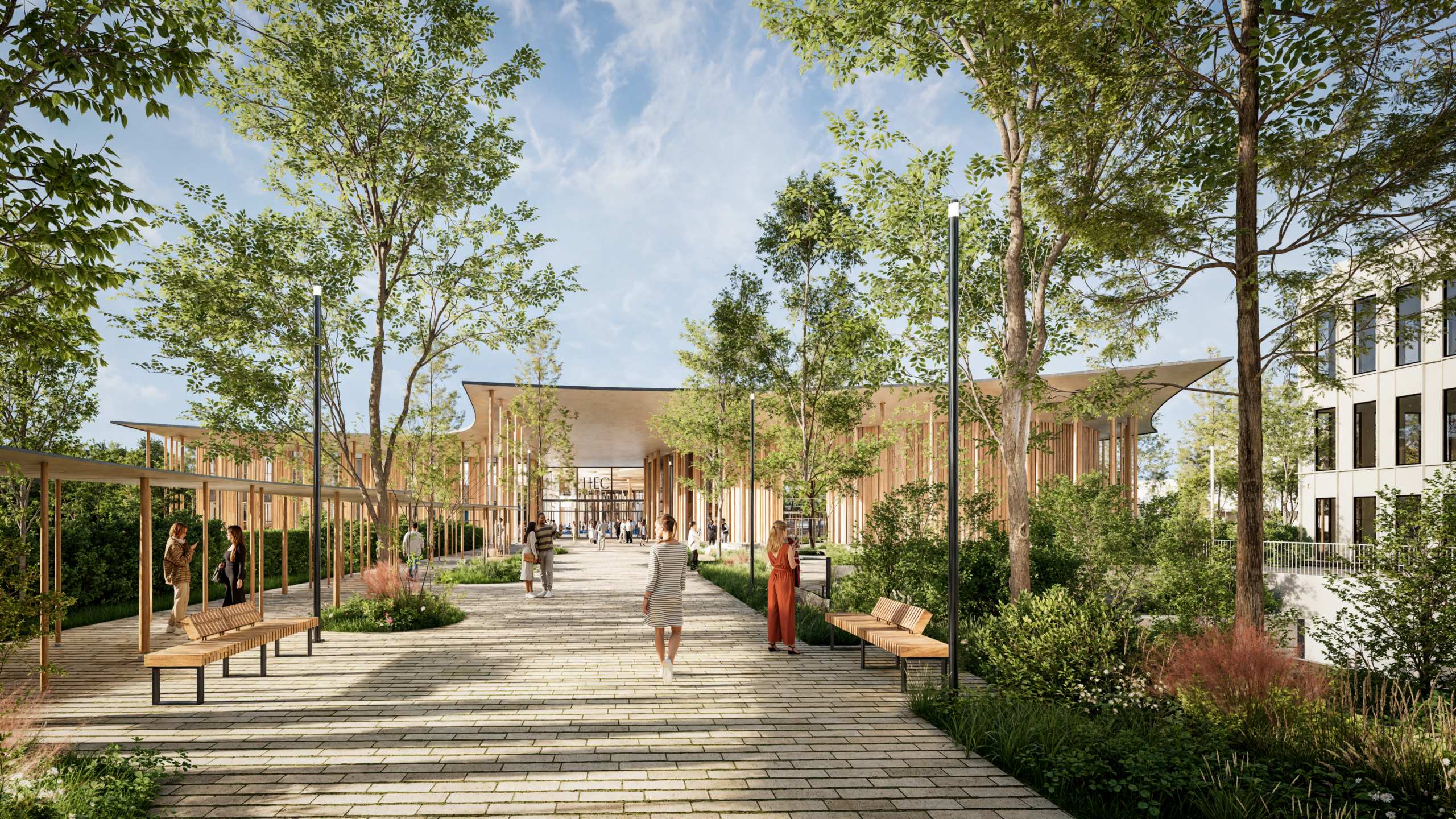
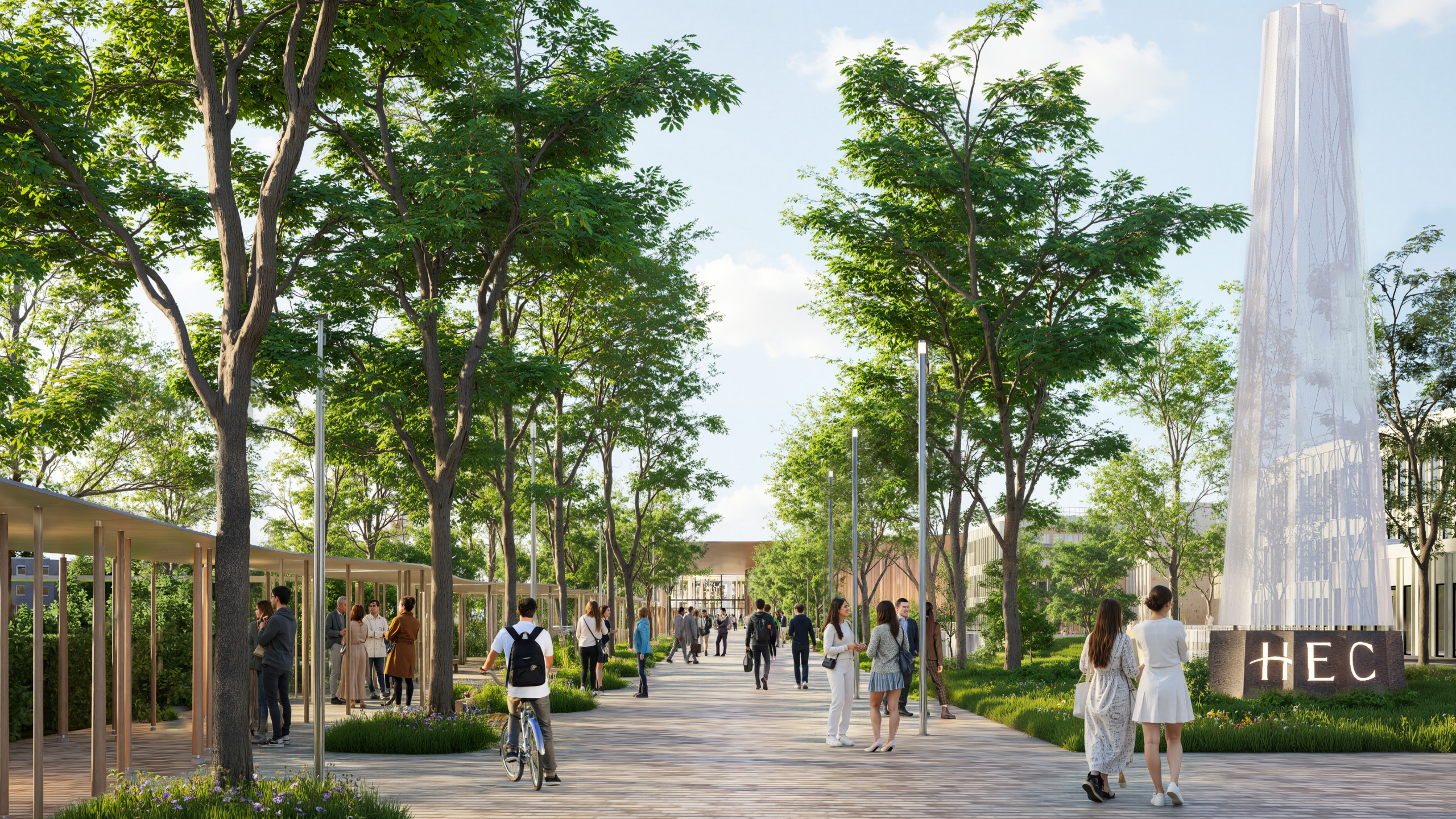
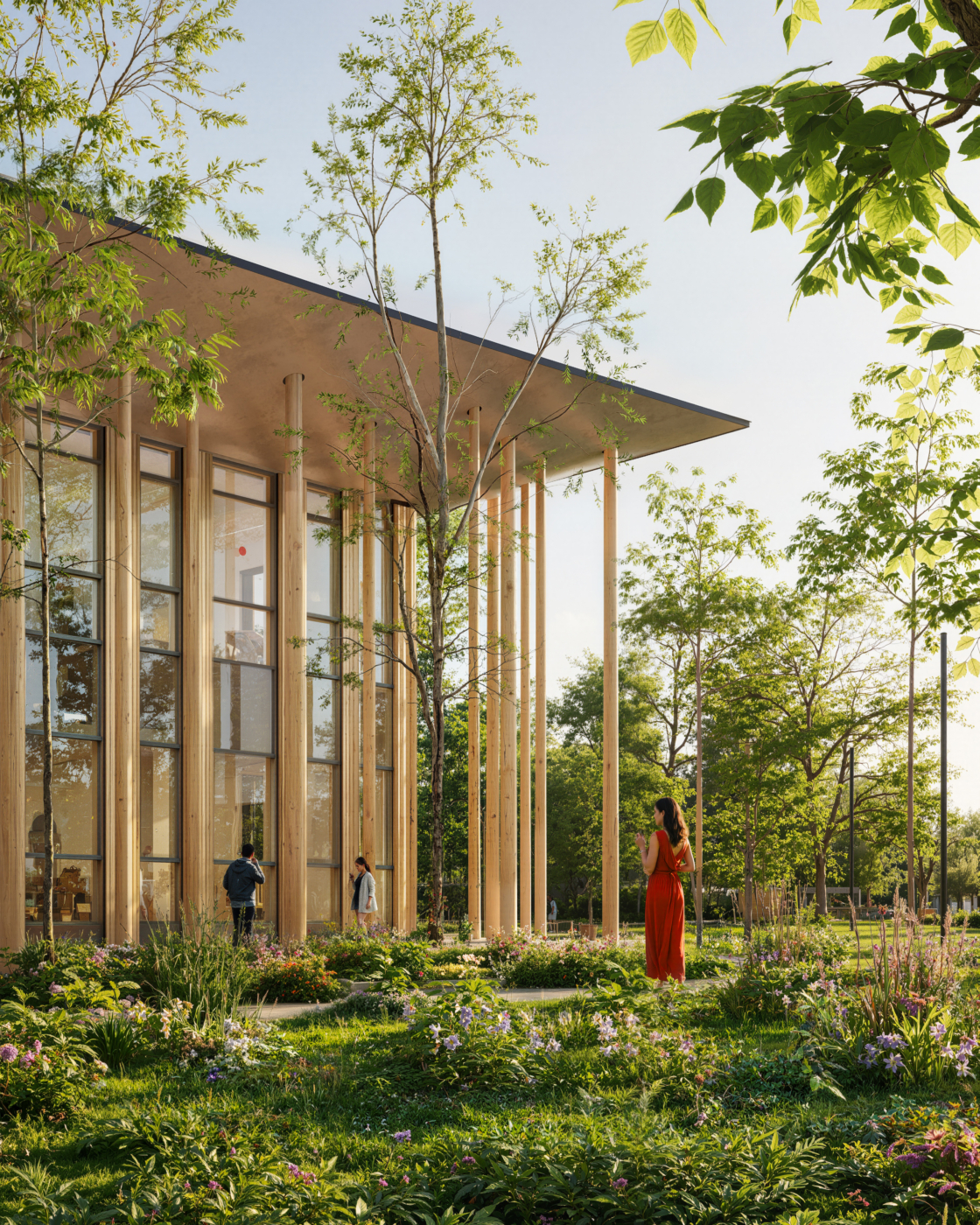
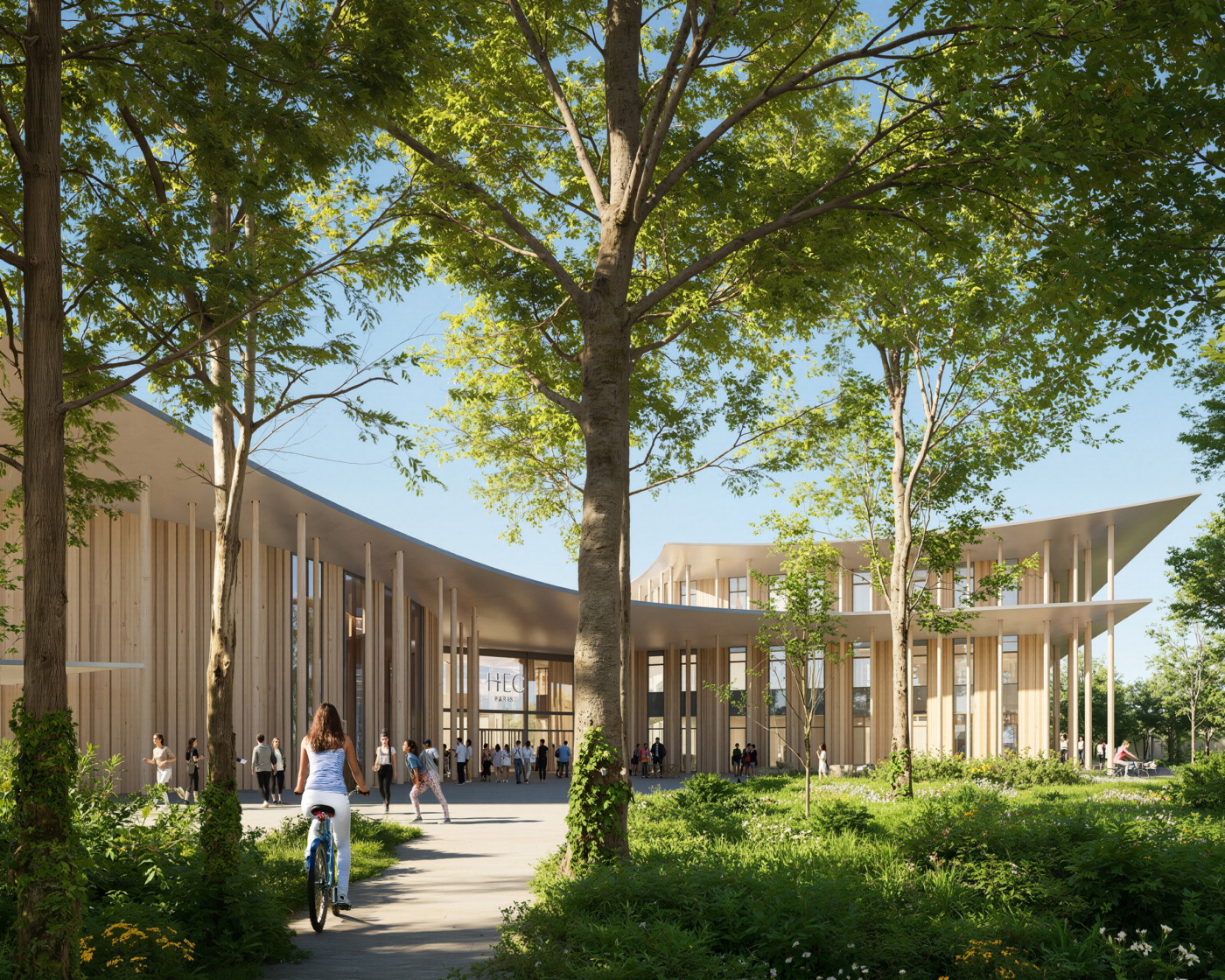
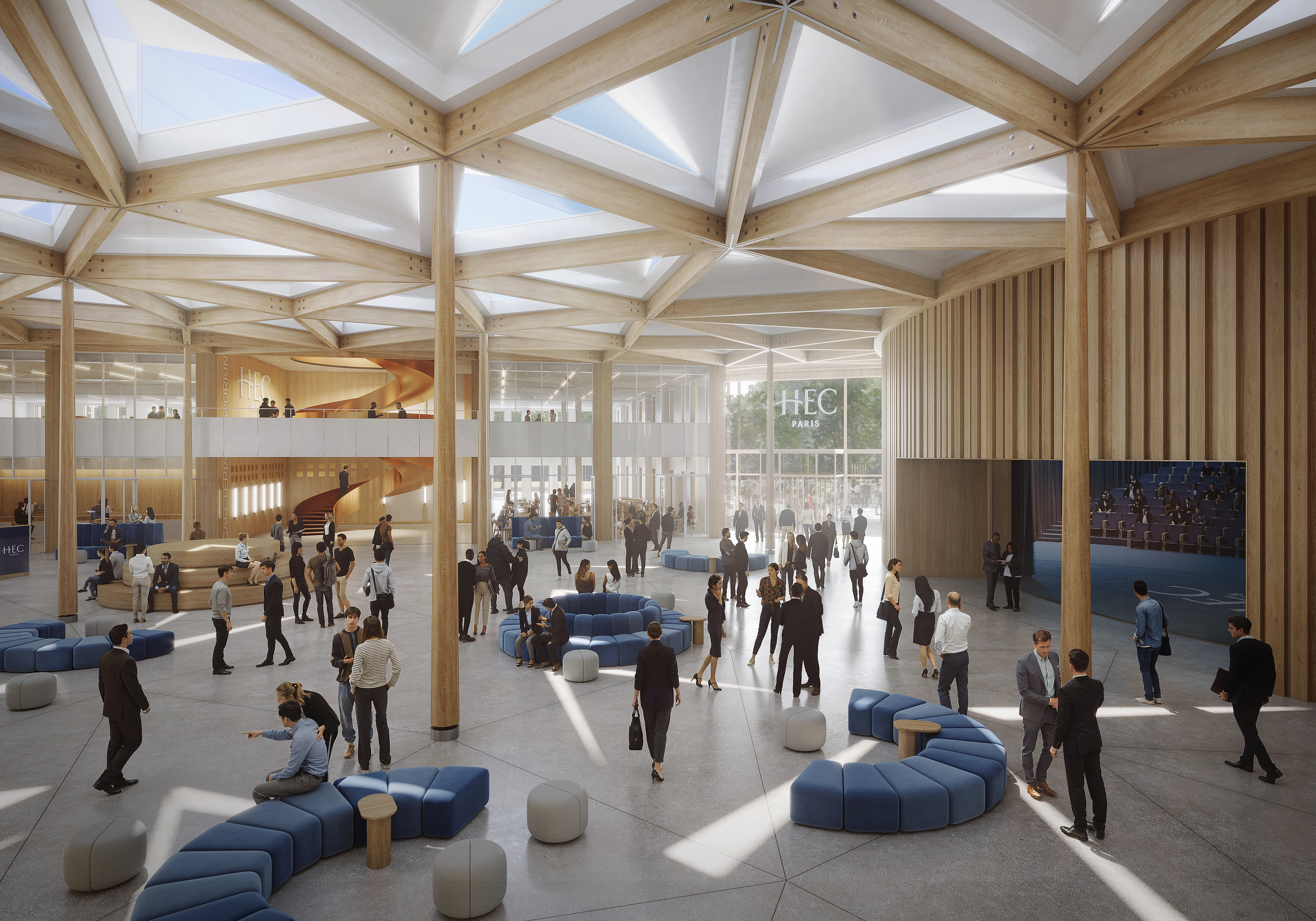
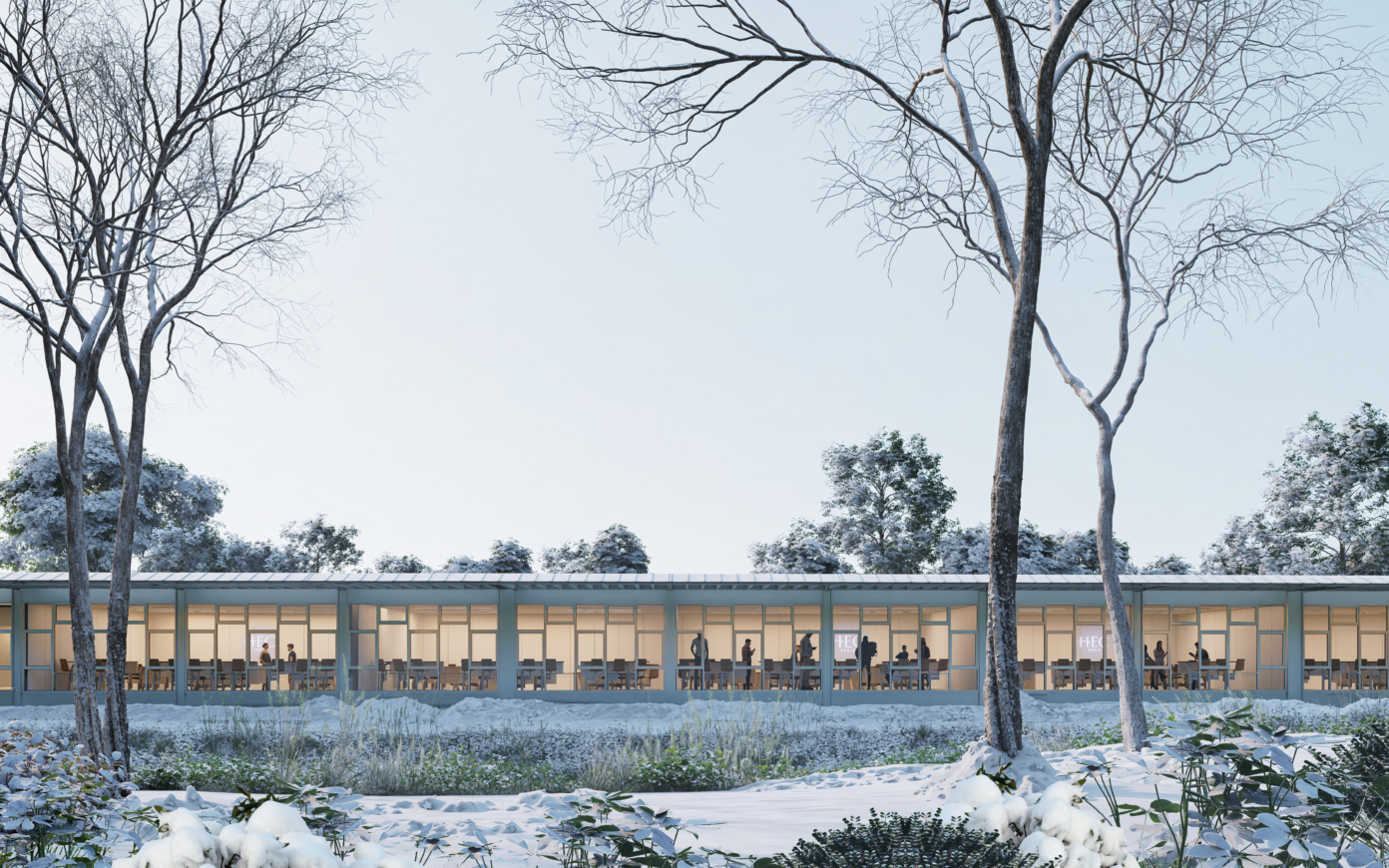
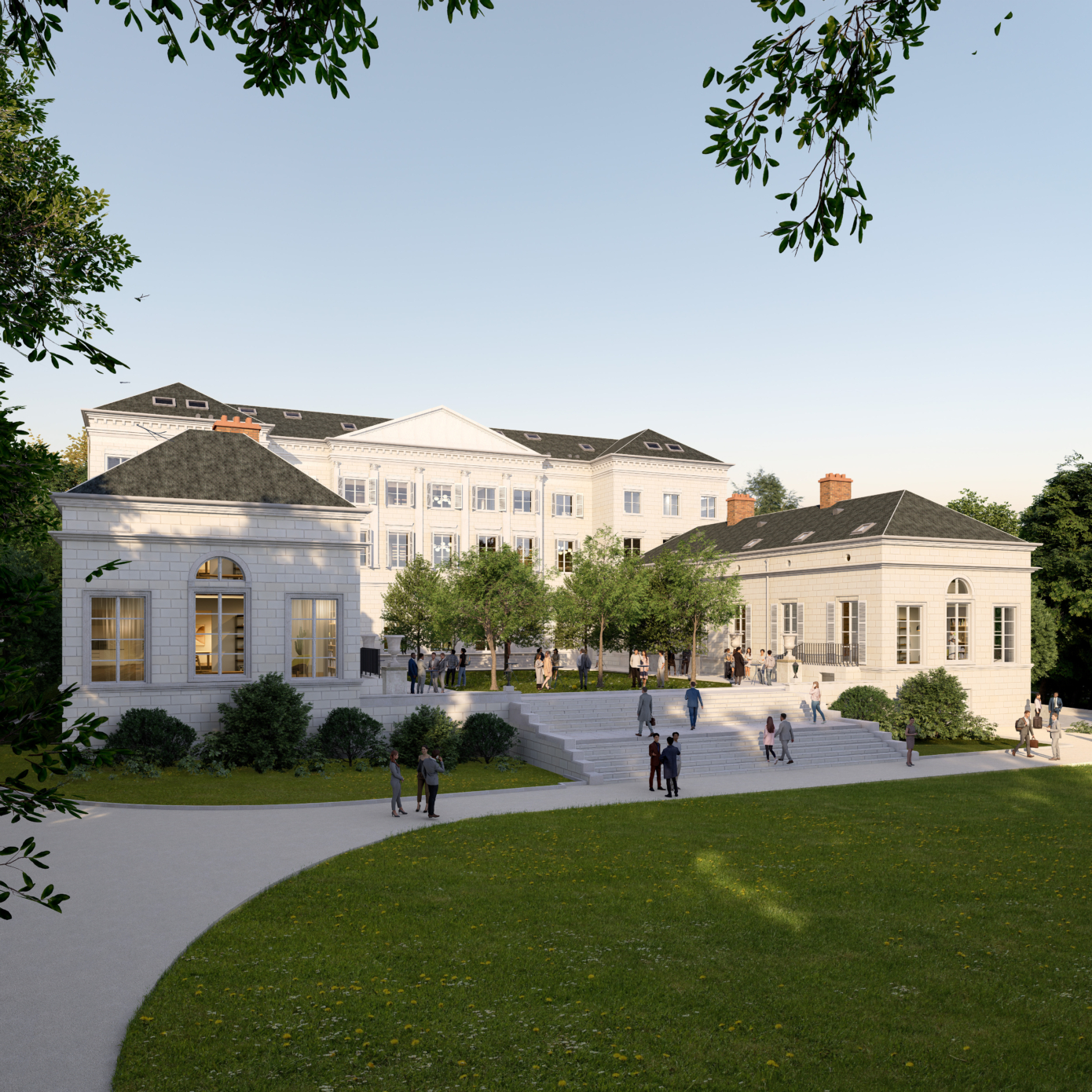

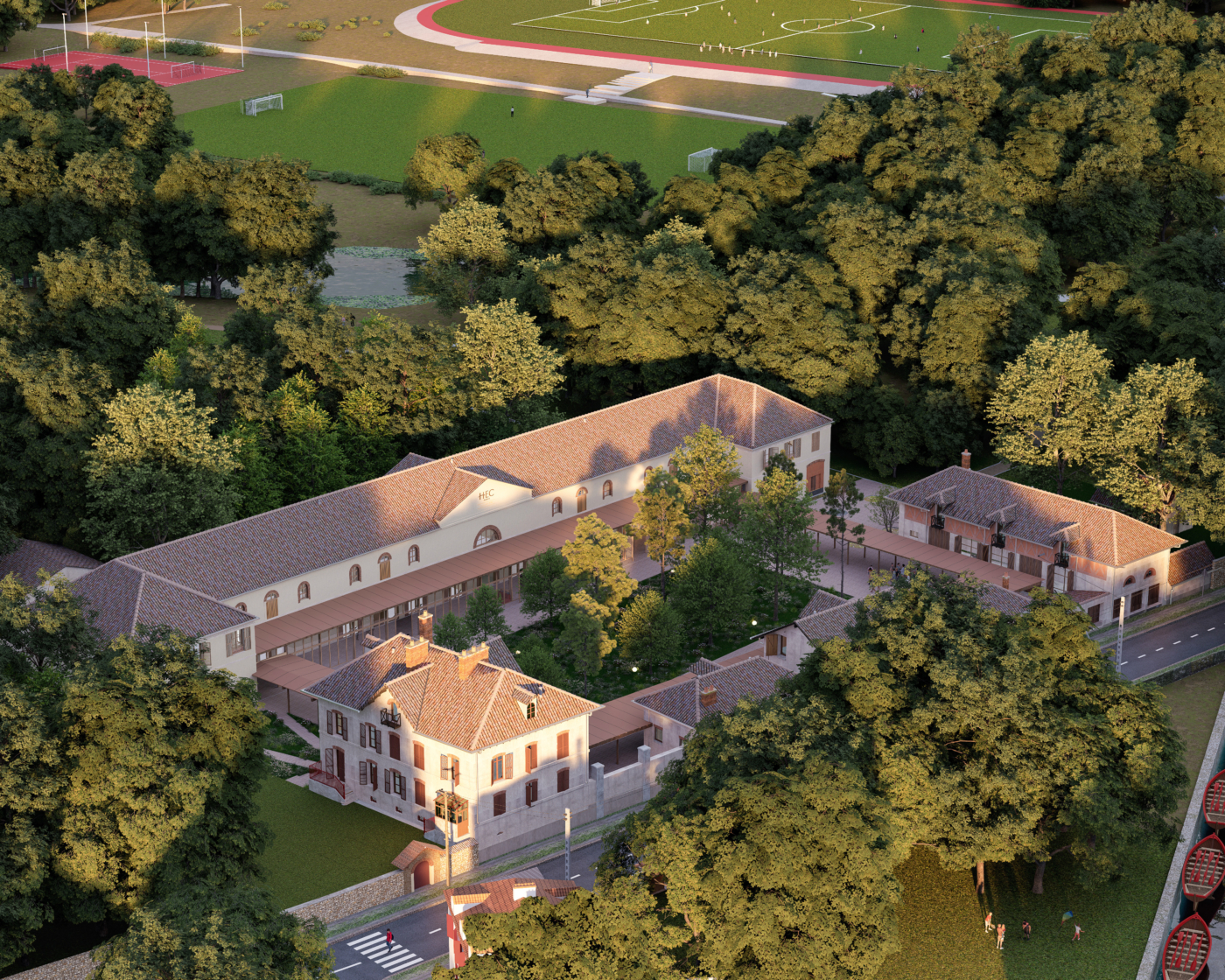
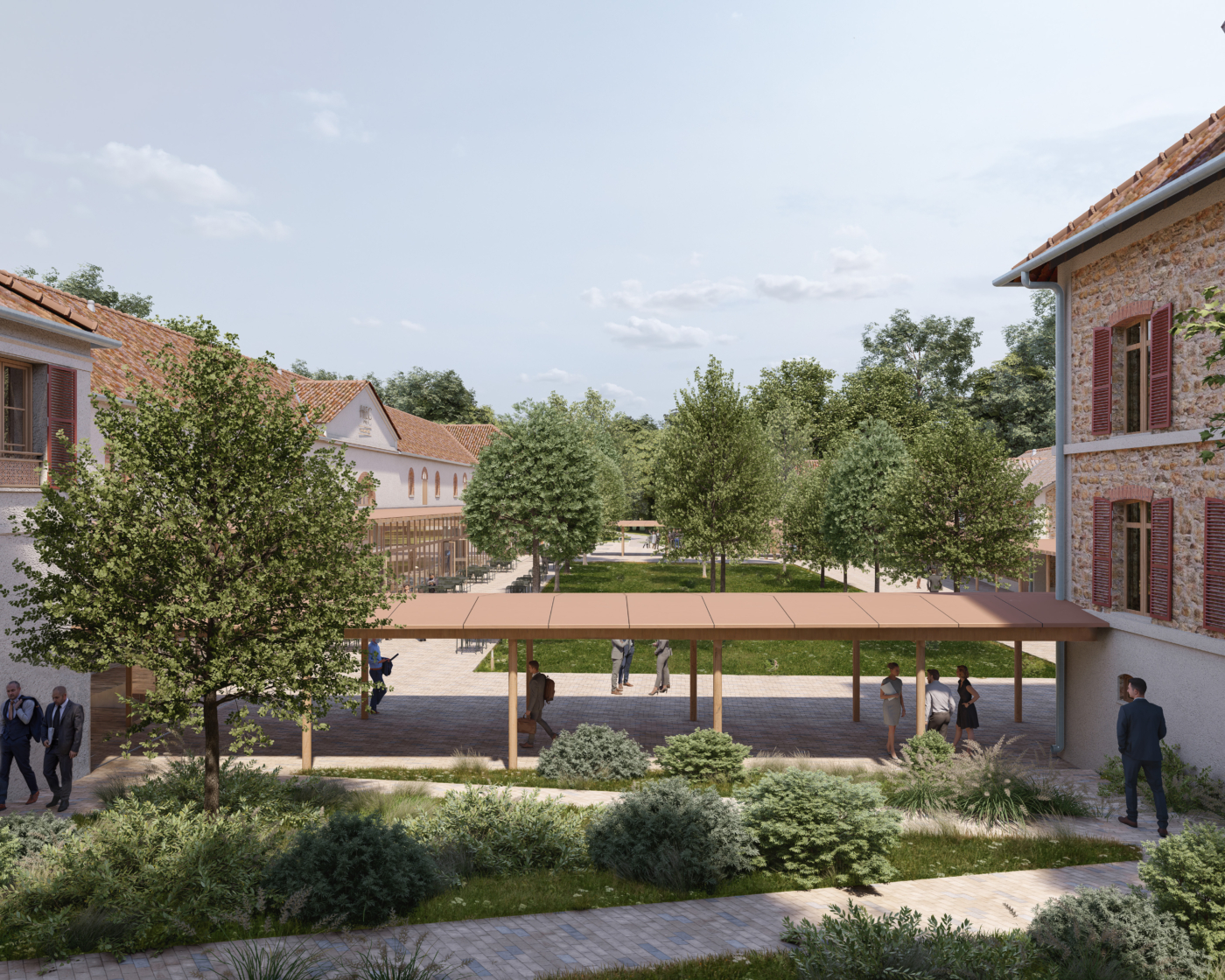
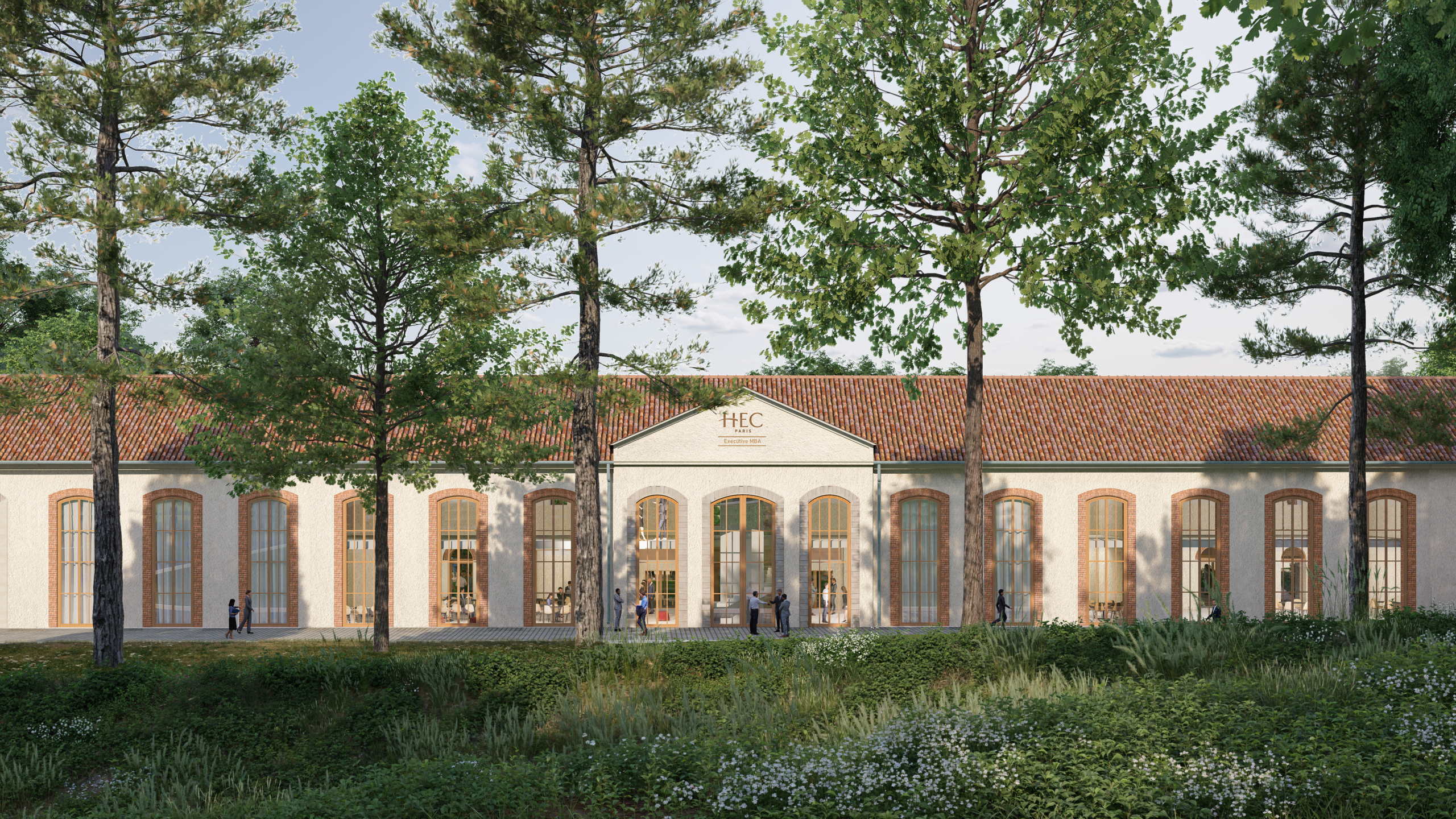
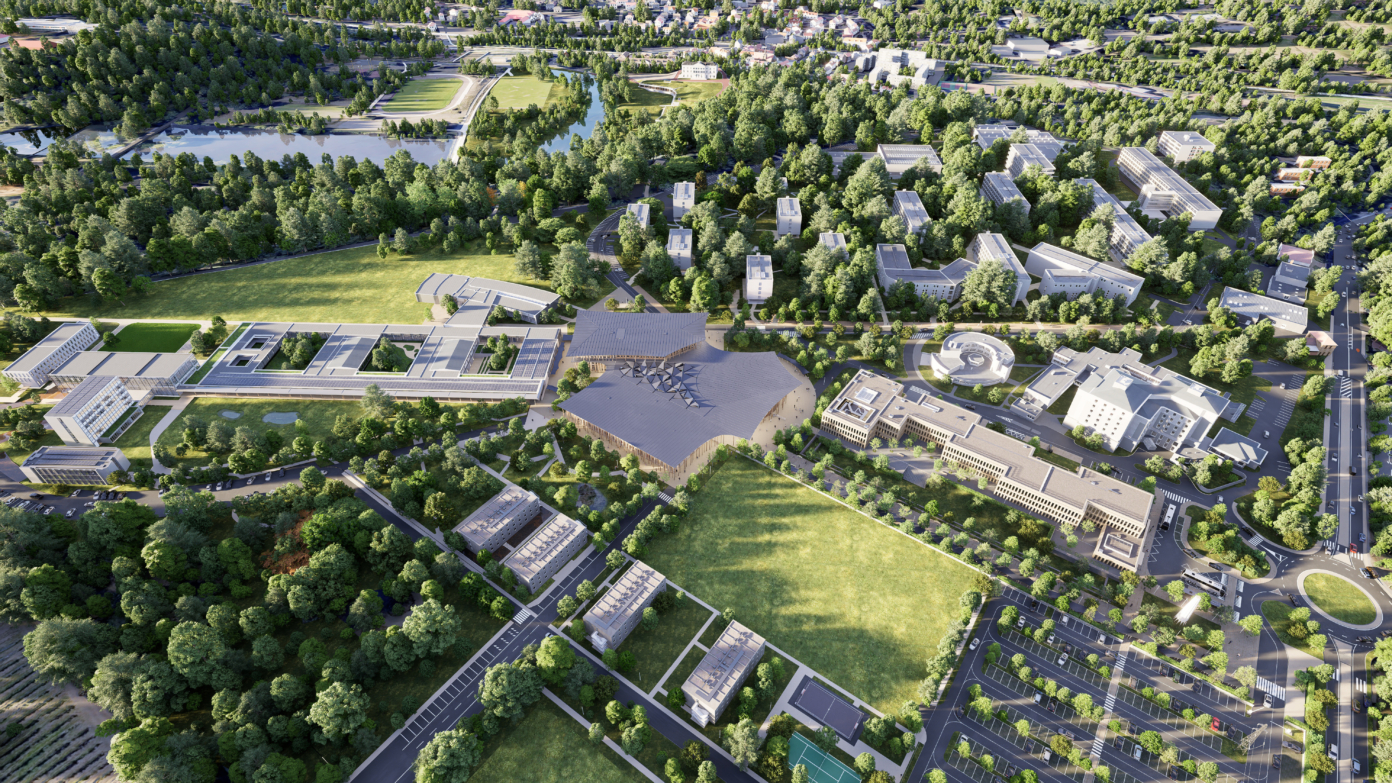
Related Contents
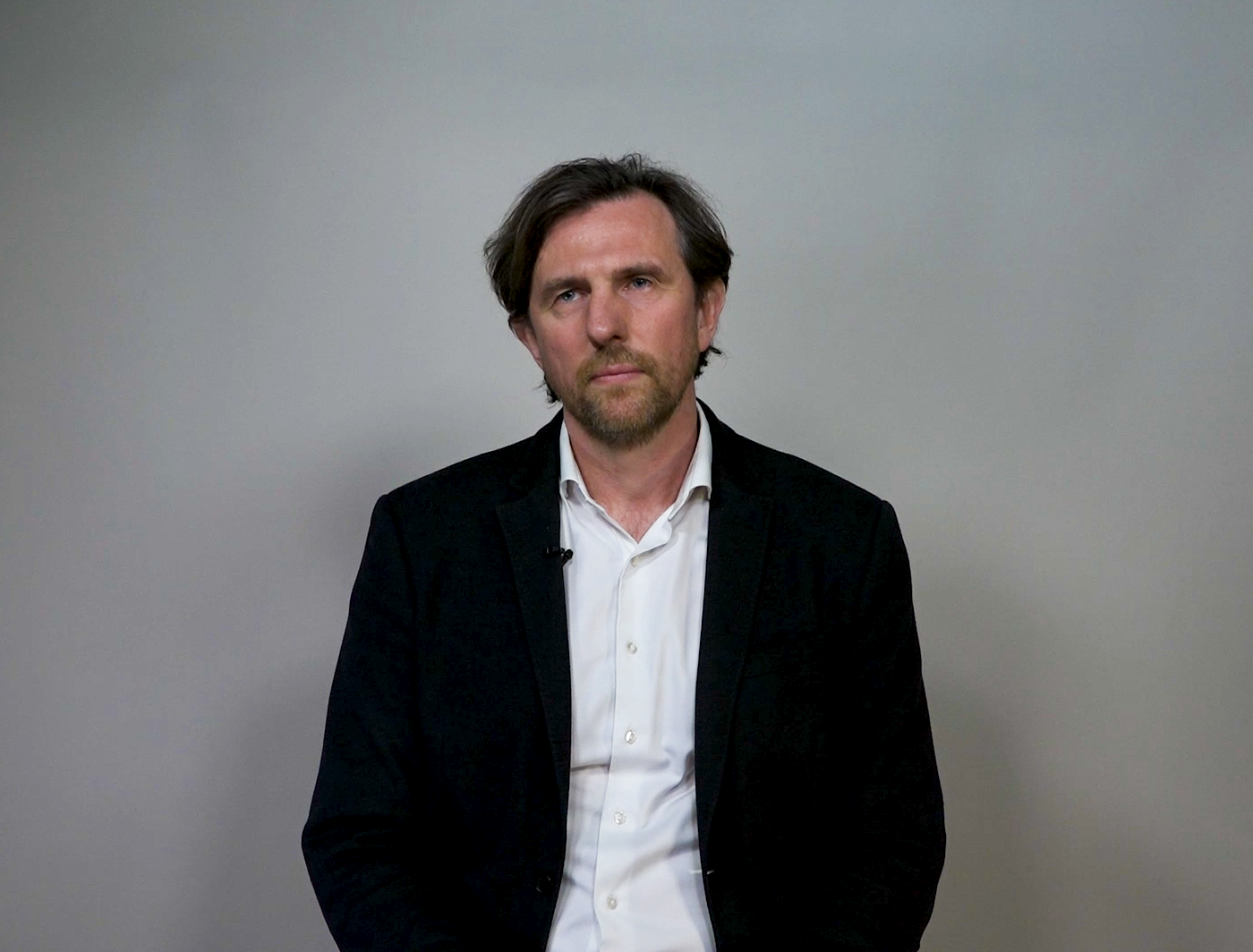
Culture as a weapon
Björn Geldhof
Culture as a weapon
In this exclusive interview, Björn Geldhof, director of the PinchuckArtCentre in Kyiv, looks at the evolution of the centre’s cultural programming since the outbreak of war in Ukraine. From an institutional space whose primary role was to open up the country to the world, the centre has evolved into a platform for committed and activist research, carrying the voice of Ukraine throughout Europe. By using art to document the conflict, the PinchukArtCentre uses a factual approach to raise awareness in the spheres of opinion and decision-making, thus affirming its role as the country’s ‘artistic arm’.
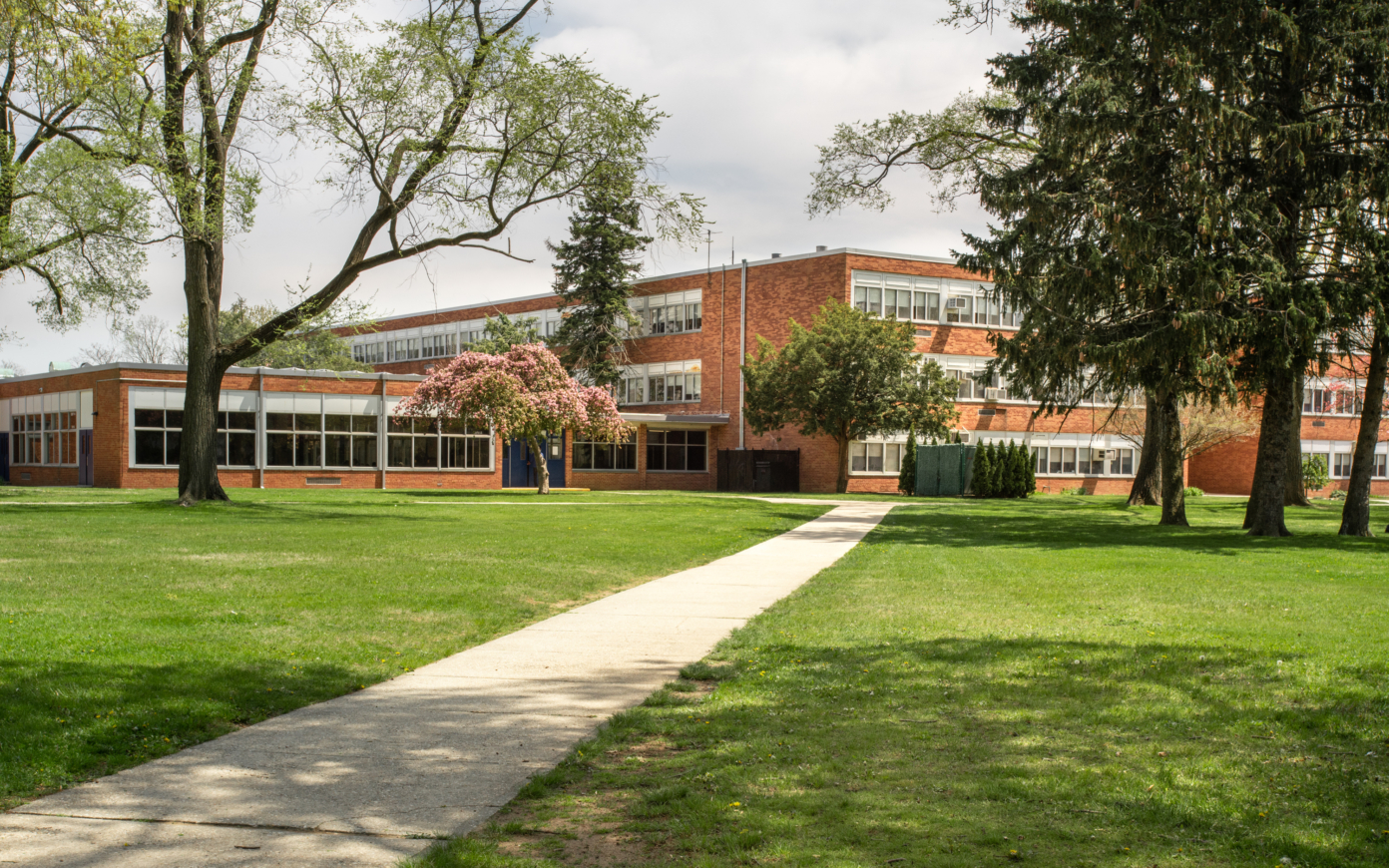
From lectures to learner-centered experiences, the metamorphosis of educational facilities
PCA-STREAM

From lectures to learner-centered experiences, the metamorphosis of educational facilities
Driven by a race for attractiveness, campuses are becoming architectural showcases, competing with corporate headquarters to embody new values and attract curious minds. The form and function of campuses are evolving to meet the changing needs of education, where tradition meets innovation in a drive for excellence and inclusivity. We are entering a new era of higher education!

Co-creating a learning society
François Taddei

Co-creating a learning society
François Taddei is a geneticist and co-founder, with Ariel Lindner, of the Learning Planet Institute (formerly known as CRI). Conceived as a school for the 21st century, the institute combines artificial intelligence and collective intelligence to reinvent ways of learning, teaching and doing research.
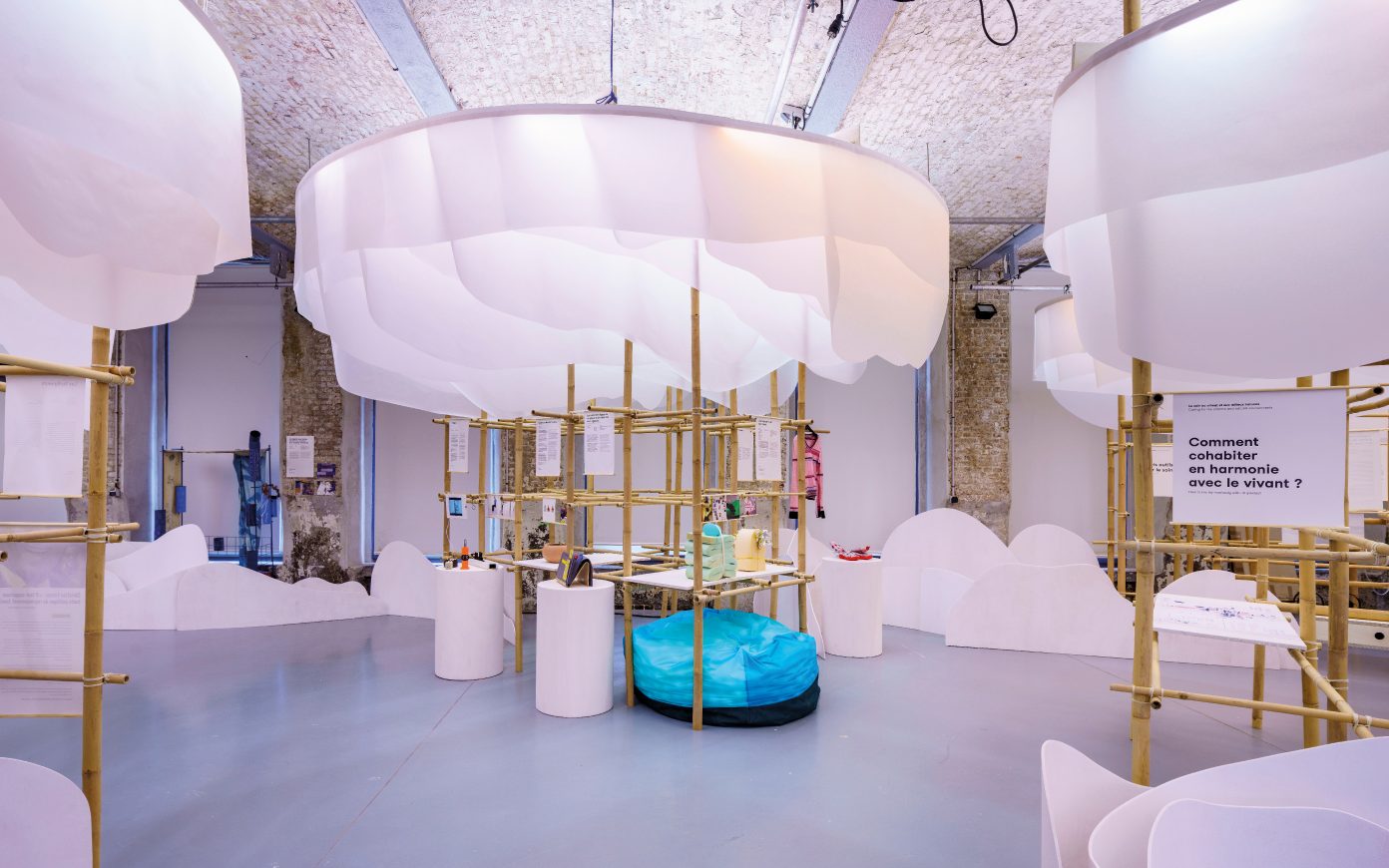
Design with care, interview with Antoine Fenoglio and Cynthia Fleury
Antoine Fenoglio & Cynthia Fleury

Design with care, interview with Antoine Fenoglio and Cynthia Fleury
The encounter between philosopher Cynthia Fleury and designer Antoine Fenoglio offers an example of crossing practices around the idea of design with care, which allows a “design with purpose” based on the idea that fragility favors in a systemic way the practice towards environmental and social issues. With the concept of proof of care, experimentation itself becomes a form of care that leads to a reflection on modes of governance. Designers become integrators, diplomats between expertises, relying on their know-how in representation and prototyping.
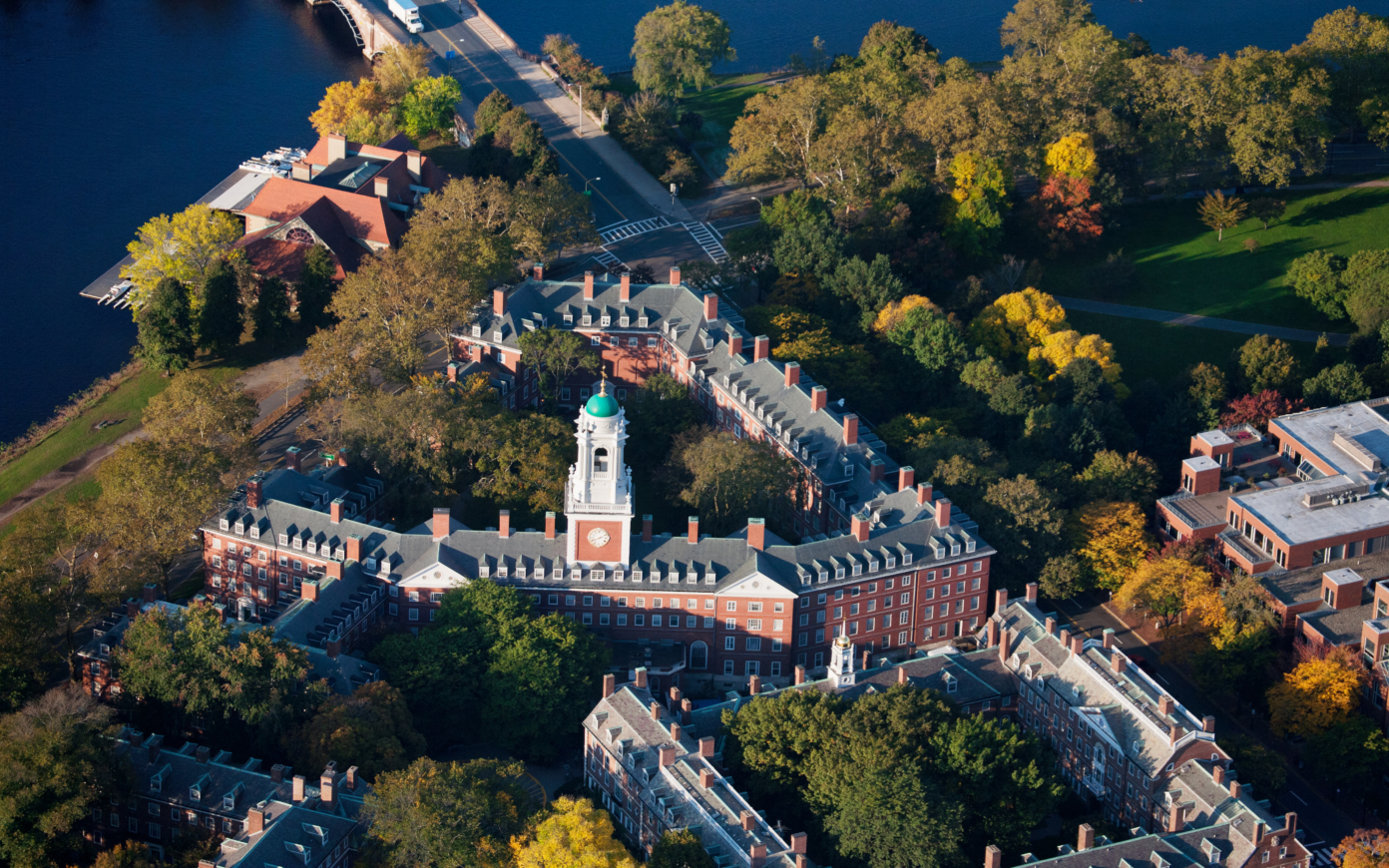

Rethinking the Campus: Balancing Tradition and Innovation
At its core, the campus embodies an enduring quest for an ideal. Its form is fraught with tensions inherited from a long history that remain relevant even as it adapts to contemporary challenges. Driven by a race to maximize their appeal, campuses are transforming into architectural showcases, competing with corporate headquarters in embodying new values and attracting top talent. Their structures and functions are evolving to meet the shifting needs of education and society. By embracing the archetypes of the agora and the garden—the original dichotomy of campuses—these bastions of knowledge are forming the contours of a new era in higher education.

A "third place" research lab
Diego Landivar

A "third place" research lab
Diego Landivar is a lecturer and researcher in economics and the founder of the Origens Media Lab, a “third place” research lab developed to address critical situations. More flexible and responsive than conventional research laboratories, Origens focuses on the far-reaching transformations brought about by the environmental crisis and supports civil society in its struggles.
Campus HEC
Transforming the campus experience for the 21st century
Nestled in the heart of the Bièvre Valley, the HEC campus embodies the living archive of modern tensions between nature and knowledge, heritage and forward-thinking. In a world undergoing transition, the school chooses to revisit this exceptional environment and integrate it into a sustainable, inclusive, and ambitious strategy. PCA-STREAM proposes a project that is both contextual and transformative: restoring coherence to a fragmented domain, reactivating landscape and social continuities, and creating a new embodied centrality : the Campus Heart, to give form to the HEC of the 21st century. A place of learning in and with the landscape. A campus aligned with its time.

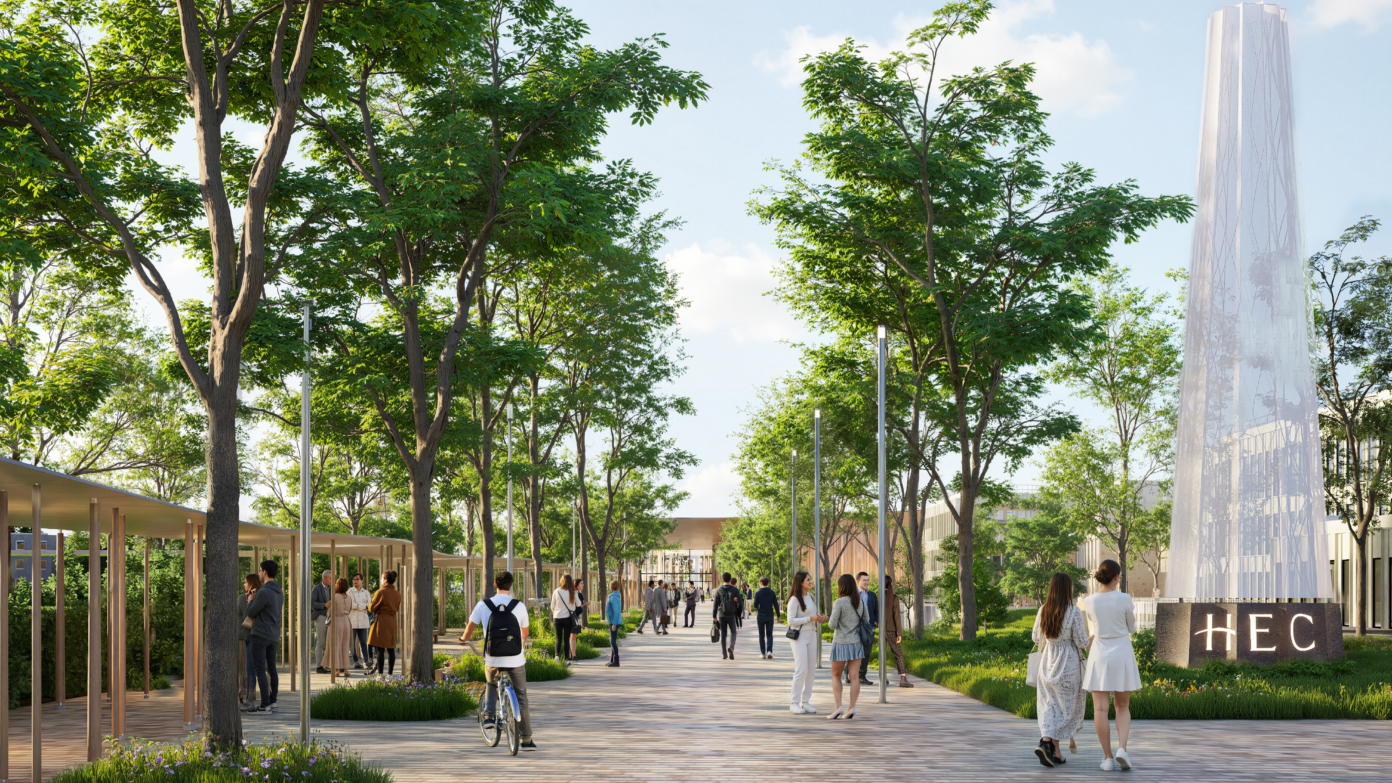









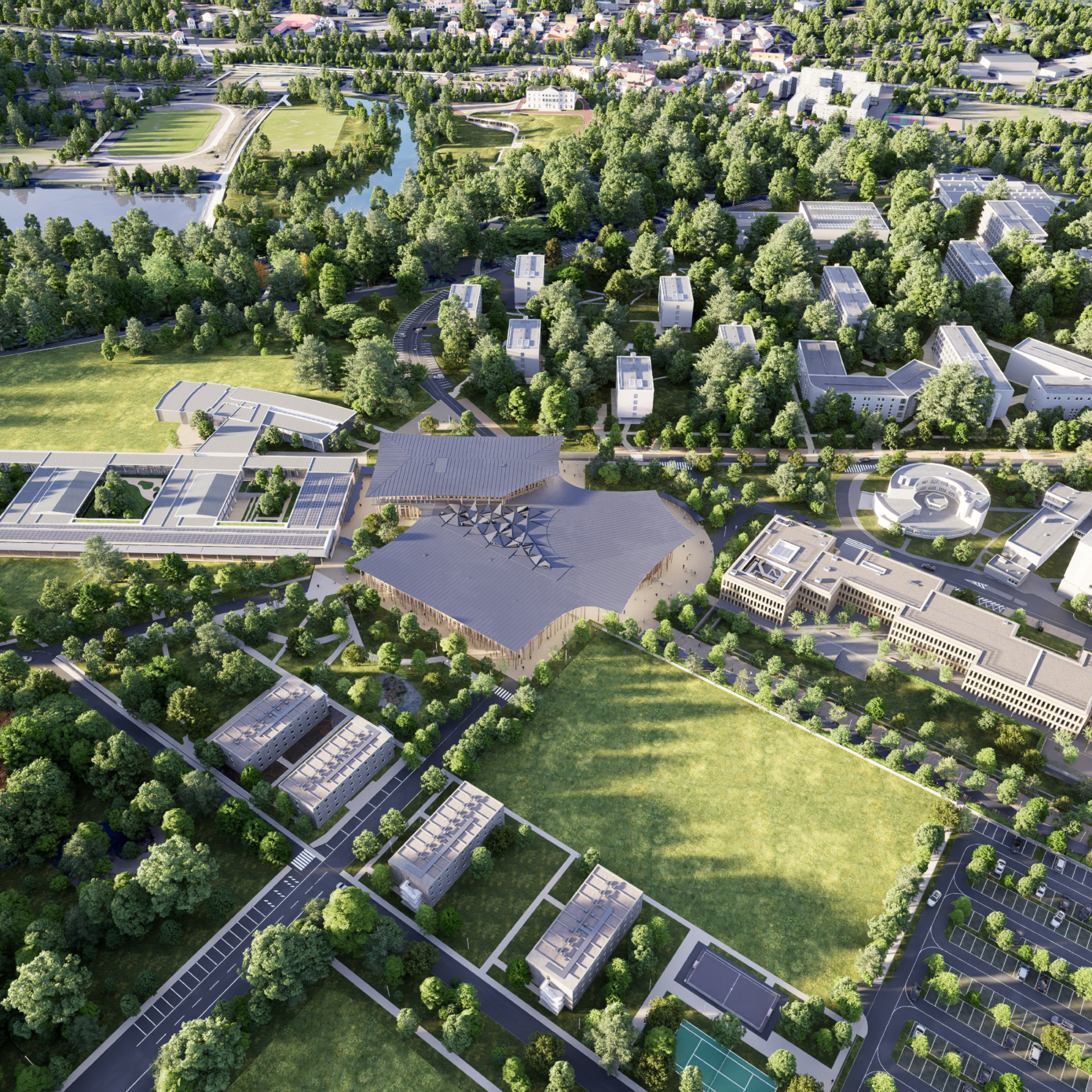
























-
-
Jouy-en-Josas
-
2025
- Competition
- Housing
- Mixed-use
- Public
- Refurbishment
- Sciences & Education
- Urban space
- Workspaces
- Architecture
- Aesthetics of sustainability
- Biodiversity
- Experiencing nature
- New narratives
- Reconstructing territories
- Societal transformations
- Architectural transition
- New uses
- Anthropocene
- Ecosystems
- Inhabiting
- Landscape
- Learning
- Materials
- Mixed-use
- Narratives
- Rehabilitation
- Transdisciplinary
- Trees
- Well-being
- Working
-
-
Jouy-en-Josas
-
2025
- Competition
- Housing
- Mixed-use
- Public
- Refurbishment
- Sciences & Education
- Urban space
- Workspaces
- Architecture
- Aesthetics of sustainability
- Biodiversity
- Experiencing nature
- New narratives
- Reconstructing territories
- Societal transformations
- Architectural transition
- New uses
- Anthropocene
- Ecosystems
- Inhabiting
- Landscape
- Learning
- Materials
- Mixed-use
- Narratives
- Rehabilitation
- Transdisciplinary
- Trees
- Well-being
- Working
From inherited model to 21st-century campus
Inaugurated in 1964, the campus designed by René Coulon and Robert Joffet was a modernist manifesto. Inspired by major Anglo-Saxon campuses, it combined pedagogy, autonomy, and quality of life within a large-scale geometric composition. Long celebrated, this inherited model now reveals its limits. The accumulation of layers, the fading of original intentions, disconnected additions, and the increasing dominance of cars have blurred the domain’s legibility and functional coherence.
Our proposal is grounded in one principle: building with what already exists. In contrast to a logic of rupture, PCA-STREAM offers a critical and strategic reading of the site, understood as a palimpsest, a fragmented territory to be reconnected, reinterpreted, and reactivated. By restoring historical continuities and fostering new synergies between built entities, the project reclaims the campus as an active framework for academic and collective life.
Landscape as a framework for use and narrative
Here, the landscape is not a backdrop, it is a structure. From the 18th-century formal gardens to the vast modernist expanses of the 20th century, the HEC park encapsulates the evolving relationships between nature, power, and knowledge. This long history becomes project material. By reintroducing pedestrian pathways, reducing impermeable surfaces, and revitalizing residual spaces, the proposal restores the landscape’s connective, breathing, and narrative potential.
This active approach to landscape informs every scale of the project. It enables situated learning, careful attention to transitions, and the capacity to welcome the unexpected. Learning outdoors, moving with pleasure, collectively inhabiting a territory, these are sensitive experiences that foster rootedness, memory, and a sense of belonging. The park becomes a pedagogical and political tool, an ecology applied to academic space.
Campus Heart: instituting a new centrality
The project culminates in the creation of a new unifying building: the Campus Heart. It addresses a long-standing absence, that of a common, welcoming, and legible place, one that embodies the school’s contemporary values. Positioned at the intersection of key flows, the building hosts the campus’s transversal functions: student life, dining, coworking, research, governance, all within a modular and open structure designed to accommodate diverse rhythms and uses.
Its architecture embraces expressive materiality (wood, light, connection to the ground), while avoiding any spectacular gesture. It signals meaning, not form. Rooted in the site’s history and oriented toward future use, the Campus Heart establishes a new space of convergence for a school grounded in collectivity, excellence, and care. It is the visible knot of a recomposed campus.
-
Client
HEC
-
Program
Construction of a mixed-use educational complex
-
Location
1 Rue de la Libération, 78350 Jouy-en-Josas
-
Surface
45 725 m²
-
Status
Concours
-
Team
— Project owner: Altarea Entreprise
— Lead architect: PCA-STREAM
— Associate architects: Lina Ghotmeh, AMDL Circle (Michèle De Lucchi), Jean-François Lagneau
— Scheduling, management and coordination (OPC): Corelo
— Landscape architect: Bureau Bas Smets
— Executive project management: Corelo
— Cost consultant: AE75
— MEP / Electrical / Civil engineering (BET Fluides / CFO-CFA / VRD): Setec
— Structural engineer: RBS
— Façade consultant: Arcora
— Environmental & sustainability consultant: Terao
— Acoustic consultant: Avel
— Fire safety consultant: Studio Farenheit
Related Contents
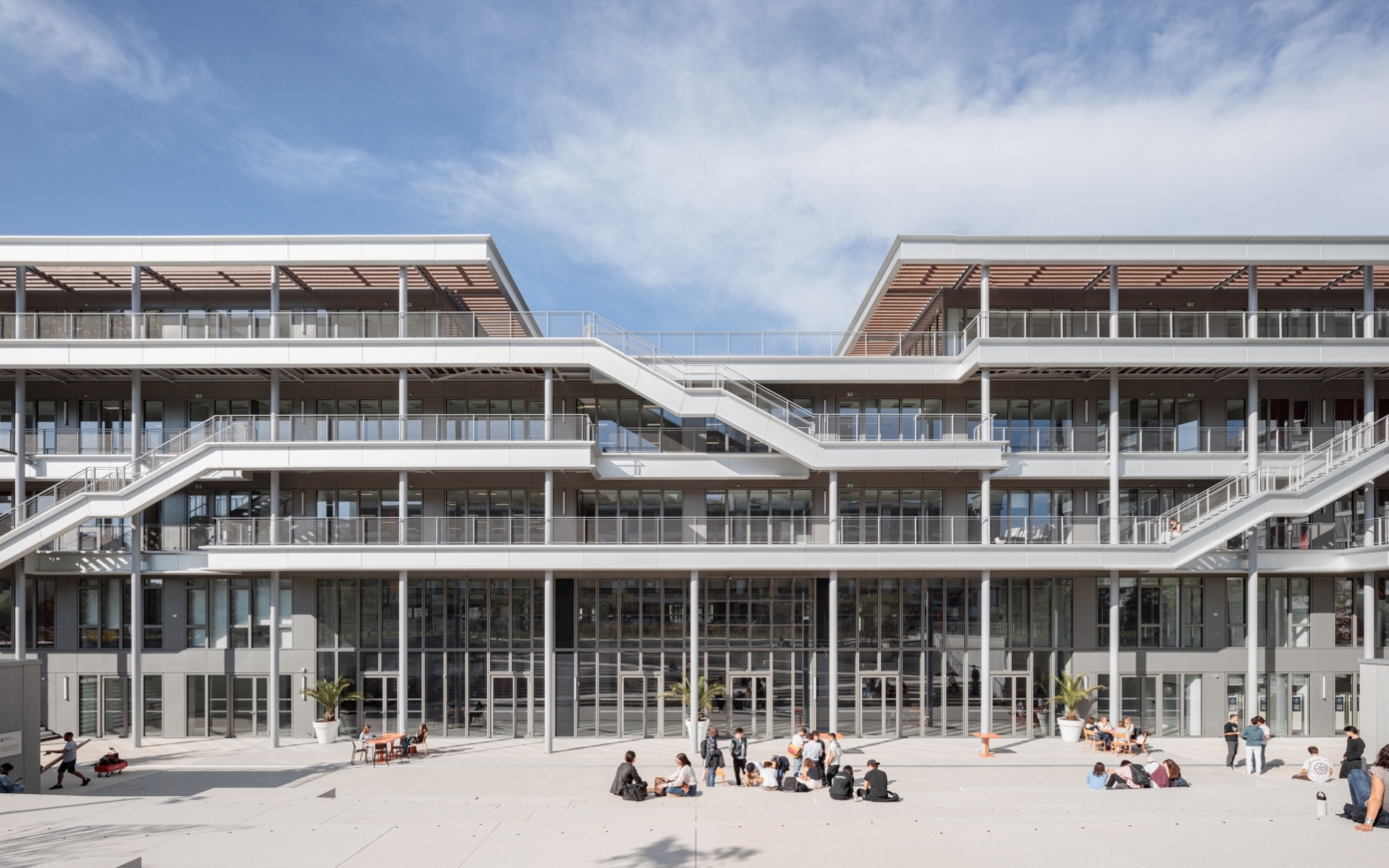
-
2023
-
Delivered
-
Lyon
-
2023
-
Delivered
At emlyon’s upcoming Gerland campus, which welcomed its inaugural students in September 2024, we’ve arranged the buildings around a spacious interior street and a spectacular central hub—Cœur Battant, the “beating heart” of the campus—where daily activities and key school events will converge. Every element is designed to foster interaction, serendipity, and collective intelligence. The campus opens itself up to the city, as well as to businesses and events. It is fully aligned with the environmental dynamics of the Gerland District as well, with its extensive garden and commonsense approach to sustainability, exemplified by its uncomplicated and efficient facades adorned with terraces and inviting outdoor walkways.

Culture as a weapon
Björn Geldhof
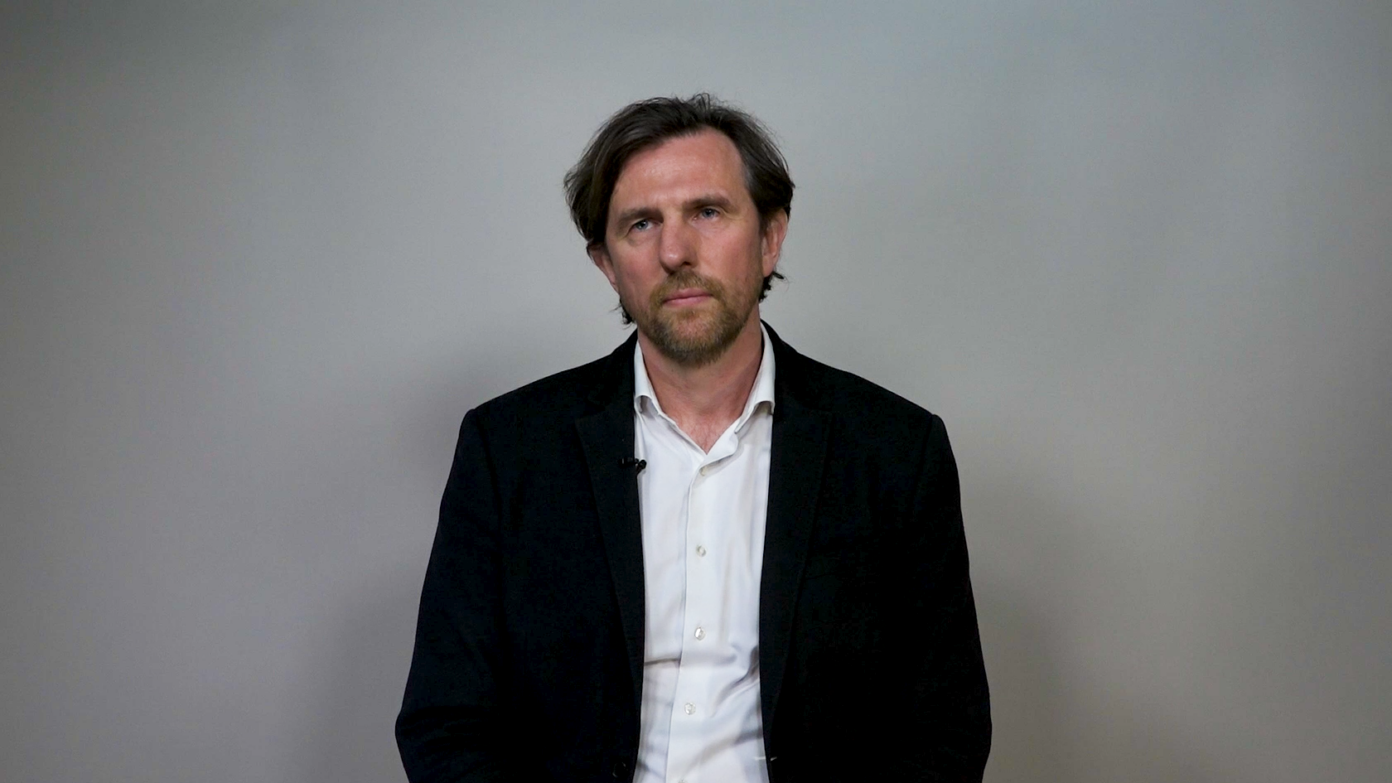
Culture as a weapon
In this exclusive interview, Björn Geldhof, director of the PinchuckArtCentre in Kyiv, looks at the evolution of the centre’s cultural programming since the outbreak of war in Ukraine. From an institutional space whose primary role was to open up the country to the world, the centre has evolved into a platform for committed and activist research, carrying the voice of Ukraine throughout Europe. By using art to document the conflict, the PinchukArtCentre uses a factual approach to raise awareness in the spheres of opinion and decision-making, thus affirming its role as the country’s ‘artistic arm’.

From lectures to learner-centered experiences, the metamorphosis of educational facilities
PCA-STREAM

From lectures to learner-centered experiences, the metamorphosis of educational facilities
Driven by a race for attractiveness, campuses are becoming architectural showcases, competing with corporate headquarters to embody new values and attract curious minds. The form and function of campuses are evolving to meet the changing needs of education, where tradition meets innovation in a drive for excellence and inclusivity. We are entering a new era of higher education!

Co-creating a learning society
François Taddei

Co-creating a learning society
François Taddei is a geneticist and co-founder, with Ariel Lindner, of the Learning Planet Institute (formerly known as CRI). Conceived as a school for the 21st century, the institute combines artificial intelligence and collective intelligence to reinvent ways of learning, teaching and doing research.

Design with care, interview with Antoine Fenoglio and Cynthia Fleury
Antoine Fenoglio & Cynthia Fleury

Design with care, interview with Antoine Fenoglio and Cynthia Fleury
The encounter between philosopher Cynthia Fleury and designer Antoine Fenoglio offers an example of crossing practices around the idea of design with care, which allows a “design with purpose” based on the idea that fragility favors in a systemic way the practice towards environmental and social issues. With the concept of proof of care, experimentation itself becomes a form of care that leads to a reflection on modes of governance. Designers become integrators, diplomats between expertises, relying on their know-how in representation and prototyping.


Rethinking the Campus: Balancing Tradition and Innovation
At its core, the campus embodies an enduring quest for an ideal. Its form is fraught with tensions inherited from a long history that remain relevant even as it adapts to contemporary challenges. Driven by a race to maximize their appeal, campuses are transforming into architectural showcases, competing with corporate headquarters in embodying new values and attracting top talent. Their structures and functions are evolving to meet the shifting needs of education and society. By embracing the archetypes of the agora and the garden—the original dichotomy of campuses—these bastions of knowledge are forming the contours of a new era in higher education.

A "third place" research lab
Diego Landivar

A "third place" research lab
Diego Landivar is a lecturer and researcher in economics and the founder of the Origens Media Lab, a “third place” research lab developed to address critical situations. More flexible and responsive than conventional research laboratories, Origens focuses on the far-reaching transformations brought about by the environmental crisis and supports civil society in its struggles.
